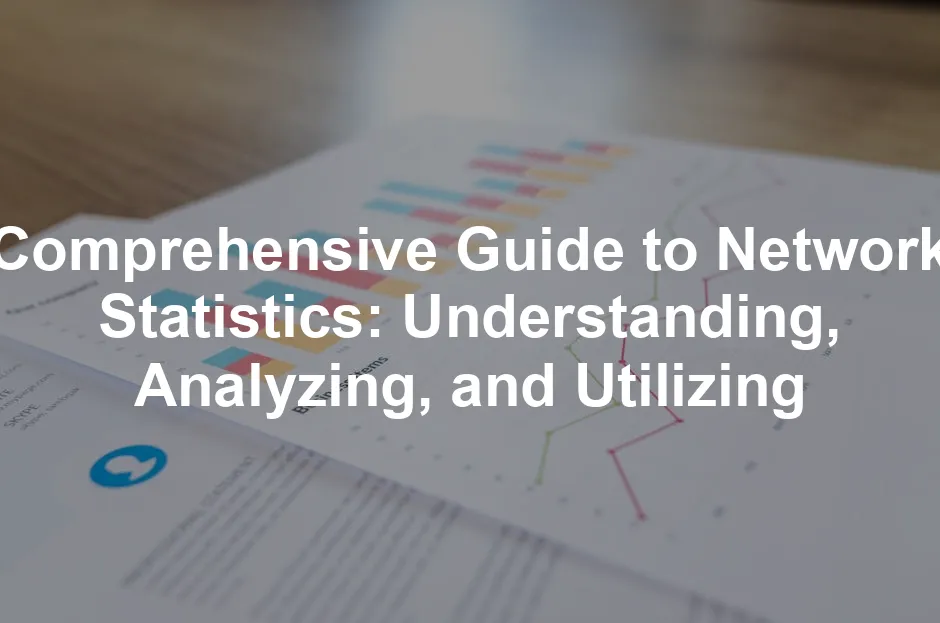Introduction
Network statistics are essential for understanding complex systems. They help us analyze how different components interact, whether in social media, biology, or computer networks. Imagine trying to navigate a sprawling city without a map. Network statistics provide that map, simplifying the complex web of connections into understandable insights.
At the heart of network statistics are key concepts: vertices, edges, and metrics. Vertices represent individual entities, while edges illustrate the relationships connecting them. Metrics quantify these relationships, revealing the network’s structure and behavior. For instance, in social media, users are vertices, and their interactions are edges. This framework allows us to quantify the strength and nature of these connections.
Network statistics are not just for techies. They have applications across various fields. In social media, understanding user interactions can enhance engagement. In biology, analyzing neural connections can lead to insights about brain functionality. In computer networks, monitoring connections helps optimize performance. Clearly, the relevance of network statistics is vast and varied.
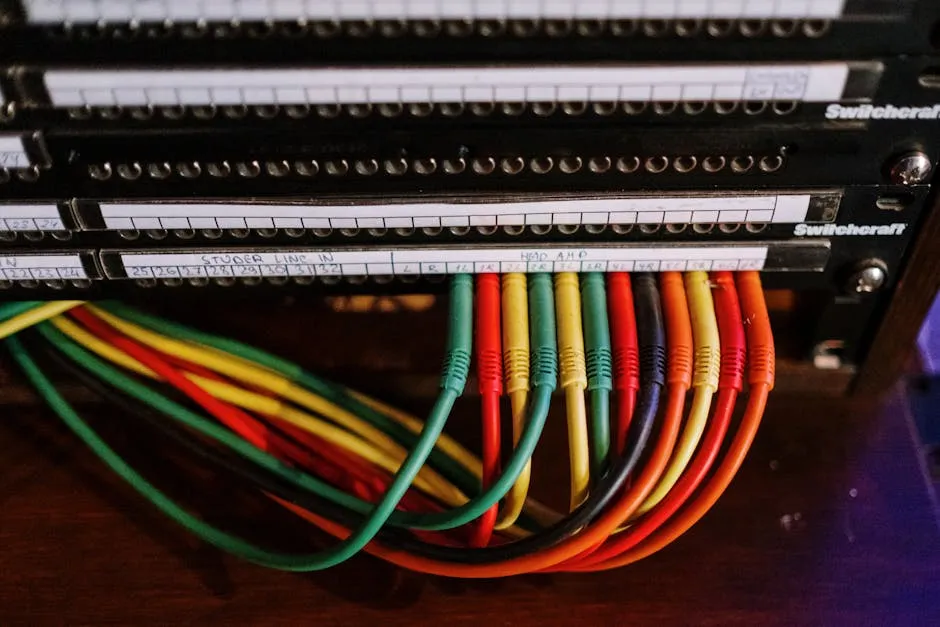
If you’re eager to dive deeper into the world of data analysis, consider picking up Data Science for Business. This book provides a comprehensive overview of data mining and data-analytic thinking, perfect for understanding how businesses leverage data effectively.
In this article, we will guide you through the essentials of network statistics. We’ll cover the basics, essential metrics, and advanced topics. By the end, you’ll have a solid understanding of how to apply these concepts effectively. So, buckle up as we embark on this exciting journey into the world of network statistics!
The Basics of Network Statistics
What are Network Statistics?
Network statistics are tools we use to understand network structures. They help reveal how components connect and interact. These statistics simplify complex networks into measurable insights, making them easier to analyze. Without them, deciphering vast networks would be like reading a novel in a foreign language—confusing and overwhelming!
Networks can be classified into three main types: directed, undirected, and weighted.
- Directed networks feature edges with a specific direction. Think of Twitter, where a user can follow someone without reciprocation.
- Undirected networks have edges without direction. Facebook friendships exemplify this, as both users mutually connect.
- Weighted networks assign importance to edges. Imagine a transportation network where some routes are busier than others. These weights help measure traffic flow effectively.
Understanding these types is crucial for applying the right statistical methods. Each network type presents unique challenges and opportunities. Thus, knowing the differences helps tailor your analysis.

To enhance your grasp of network statistics, check out Graph Theory and Complex Networks. This practical guide offers in-depth insights into the fundamentals and applications of graph theory in network statistics.
Key Metrics in Network Statistics
Now, let’s talk metrics! These are the bread and butter of network statistics, giving us insight into network properties. Here are some key metrics to know:
- Degree centrality measures how many connections a vertex has. A high degree indicates a popular node, much like a celebrity in a room full of fans!
- Closeness centrality gauges how close a vertex is to all others. Think of it as the social butterfly that flits between groups, connecting everyone.
- Betweenness centrality tracks how often a vertex acts as a bridge between others. This metric identifies crucial nodes that control the flow of information.
- Clustering coefficient assesses how interconnected a node’s neighbors are. A high value suggests that friends of friends are also friends—perfect for planning group outings!
These metrics help characterize networks, revealing their strengths and weaknesses. Whether you’re analyzing a social media platform or a biological system, understanding these metrics is vital. They allow you to draw meaningful conclusions about how your network operates and thrives.

If you’re looking to master the art of data science, consider grabbing The Art of Data Science. This book provides a comprehensive overview of the principles of data science and analytical thinking, perfect for both beginners and experienced data enthusiasts.
Descriptive Statistics of Networks
Types of Descriptive Statistics
Descriptive statistics are the unsung heroes of network analysis. They summarize network characteristics and simplify complex data into understandable insights. Let’s break down the key types of descriptive statistics often used in network analysis.
Central Tendency Measures
Central tendency measures help identify the center of a dataset. These include the mean, median, and mode.
- Mean: This is the average. Add all values, then divide by the count. Easy, right? But be careful! A few outliers can skew the mean, making it less representative.
- Median: This is the middle value when data is ordered. If you have an even number of values, it’s the average of the two middle numbers. The median is great for avoiding outlier issues.
- Mode: The mode is the most frequently occurring value. This is helpful when you’re interested in popular connections in a network.
These measures provide a solid overview of a network’s structure.
Variability Measures
Variability measures tell us about the spread of data points in our network. They include standard deviation and range.
- Standard Deviation: This tells us how much individual data points deviate from the mean. A smaller standard deviation means data points are close to the mean, while a larger one indicates a wider spread. In networks, standard deviation can highlight nodes that act unusually.
- Range: This is the difference between the maximum and minimum values. It gives a quick sense of the dataset’s spread. A wide range might signal a network with extreme connections, while a narrow range indicates consistency.
These measures help us understand how interconnected the components are and how varied those connections might be.
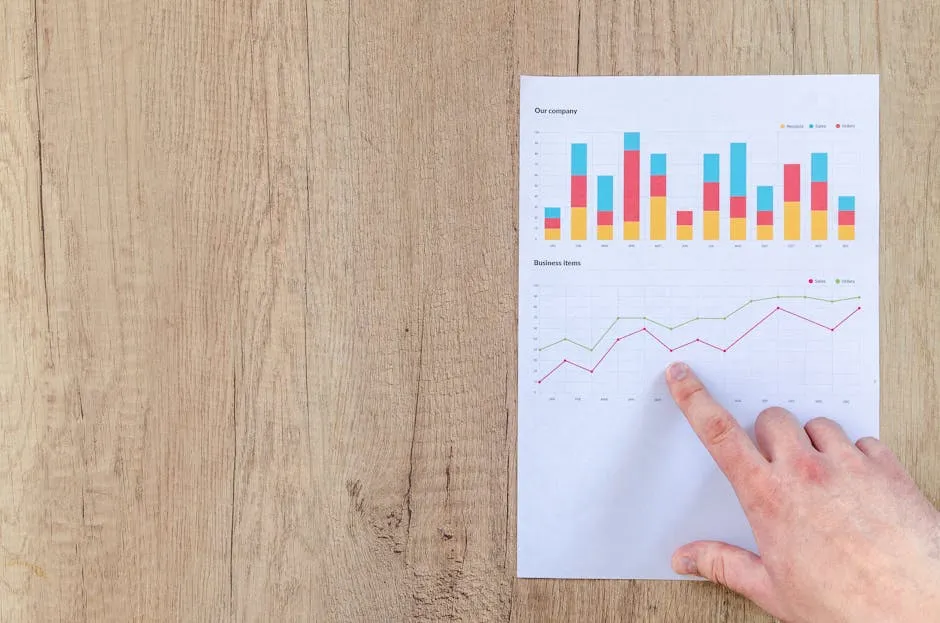
To get a deeper dive into statistical modeling, you might want to explore An Introduction to Statistical Modeling of Extreme Values. This book provides valuable insights into statistical modeling techniques that can enhance your understanding of complex networks.
Frequency Distribution
Frequency distribution is a vital concept in network analysis. It summarizes how often specific elements occur in your network. Imagine counting how many times each node connects to others. That’s frequency distribution in action!
In network analysis, key components include:
- Components: These are connected subnetworks within the greater network. Understanding the number of components offers insights into the network’s fragmentation.
- Nodes: Each node plays a role in the network. We often look at the number of nodes (order) and their independence. The independence number represents the largest set of nodes that can exist without direct connections to one another.
- Links: Links connect the nodes. Keeping track of the total number of links helps gauge the network’s density and overall structure.
Understanding frequency distribution is crucial. It helps identify patterns and anomalies in a network, guiding further analysis.

Visualizing Network Statistics
Visualization transforms raw data into understandable stories. Common visualization methods include graphs and charts, making complex data accessible.
- Graphs: Graphs can represent nodes and links, showing relationships clearly. A well-constructed graph can reveal clusters or important nodes at a glance.
- Charts: Bar charts, pie charts, and other visual formats can summarize statistics like degree distribution, centrality measures, and connectivity. They make it easier to spot trends and make comparisons.
For effective visualization, various tools and software can be used. Some popular options include:
- Gephi: A powerful tool for network visualization. It allows users to manipulate the graph’s appearance dynamically. You can find it here: Gephi: Visualization and Exploration of Large Networks.
- Cytoscape: Initially designed for biological research, this tool is also handy for general network analysis. Check it out here: Cytoscape: A Software Environment for Integrated Models of Biomolecular Interaction Networks.
- Pajek: This software excels in handling large networks, providing various analysis options. You can find it here: Pajek: Program for Large Network Analysis.
- NetworkX: A Python library that allows users to create, manipulate, and visualize complex networks easily. Get started with it here: NetworkX: Python Library for the Creation, Manipulation, and Study of Complex Networks.
These tools help turn the numbers into something meaningful. They enable analysts to communicate findings effectively and inspire action based on the insights gained from network statistics.

Clustering and Community Detection
Clustering in networks is like grouping your friends by their interests. You have the bookworms, the gym enthusiasts, and the Netflix binge-watchers. Each group shares common traits, just as clusters in a network showcase tightly-knit connections among nodes.
The purpose of clustering is to identify these groups within larger networks. It allows researchers to simplify complex structures. By revealing clusters, we can understand how information flows, how communities interact, and even predict behaviors.
Community detection methods come into play here. They include algorithms like modularity optimization, spectral clustering, and label propagation. Each method has its strengths. Modularity optimization focuses on maximizing the density of connections within communities compared to those outside. Spectral clustering uses eigenvectors to reveal hidden structures. Label propagation, on the other hand, assigns labels to nodes based on their neighbors.
Applications of community detection are vast. In social media, it helps identify influencer groups. In biology, it can reveal functional modules in protein networks. Essentially, these methods uncover the hidden organization in networks, making them invaluable for various fields.

Statistical Network Models
Statistical network models help us make sense of complex networks. Two prominent models are Erdős–Rényi and Barabási–Albert.
The Erdős–Rényi model creates random networks. It connects nodes randomly, leading to a uniform degree distribution. This model is useful for studying basic network properties. However, it doesn’t reflect the real-world complexity of many networks.
In contrast, the Barabási–Albert model introduces preferential attachment. New nodes are more likely to connect to already well-connected nodes. This results in a scale-free network, where a few nodes (hubs) have many connections, while most have few. This model is great for understanding social networks, where some users become highly influential.
When comparing these models, consider their relevance. Erdős–Rényi is simpler, providing foundational insights. Barabási–Albert is more realistic, reflecting how many networks grow and evolve. Understanding these models equips researchers to analyze real-world networks more effectively.

For a deeper dive into data mining and its applications, consider Data Mining: Concepts and Techniques. This book provides comprehensive insights into the techniques and methodologies used in data mining, essential for anyone looking to enhance their analytical skills.
Applications of Network Statistics
In Social Media Analysis
Network statistics play a pivotal role in social media analysis. They help us understand user interactions and emerging trends. By analyzing connections between users, we can uncover insights about community dynamics and influence.
For example, consider a study on Twitter interactions. Researchers found that analyzing retweet patterns revealed influential users. These users acted as hubs, amplifying information across the platform. This insight allowed brands to target key influencers in their marketing campaigns, enhancing engagement.
Another successful application involved Facebook. Data scientists examined friend networks to identify clusters of similar interests. By understanding these clusters, Facebook tailored content to users, improving user experience and retention.
In essence, network statistics enable deeper insights into social media behavior. They help brands, researchers, and users navigate the complex web of online interactions.
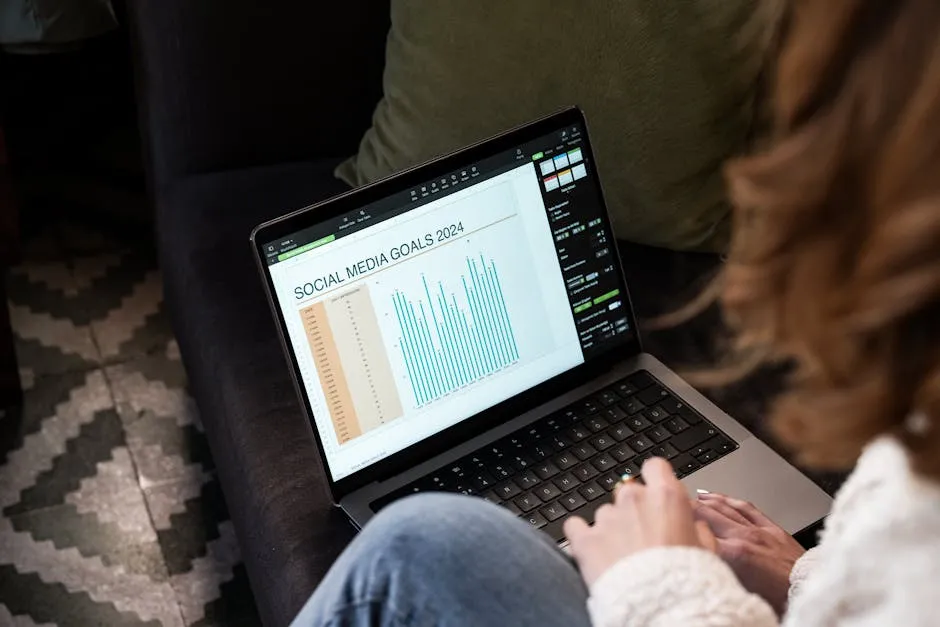
If you’re interested in a broader understanding of data science, you should check out Data Science for Dummies. This guide provides an accessible introduction to data science concepts and practices, making it perfect for beginners!
In Biological Networks
Network statistics have fascinating applications in biological research, particularly in connectomics. These studies explore the intricate wiring of the brain and its functions. By analyzing neuronal connections, researchers gain insights into brain functionality and disorders.
For instance, recent studies on the Drosophila connectome revealed extensive interconnectivity among neurons. By applying network statistics, researchers identified key nodes that acted as integrators of information. These insights are crucial for understanding how the brain processes sensory input and regulates behavior.
Moreover, network statistics are instrumental in studying diseases. For example, scientists analyze protein interaction networks to identify potential drug targets. By understanding how proteins interact, they can develop therapies for conditions like Alzheimer’s.
In summary, network statistics are vital in biological research. They illuminate the complexities of neuronal connections, offering insights that pave the way for advancements in neuroscience and medicine.

Challenges and Limitations of Network Statistics
Data Quality and Integrity
When it comes to network statistics, data quality reigns supreme. Poor data can skew analyses, leading to erroneous conclusions. Imagine using a faulty GPS—your navigation would go haywire! Similarly, inaccurate data can mislead network managers, resulting in ineffective strategies.
One major issue is data noise. Noise can arise from various sources, such as sensor errors or user input mistakes. This noise can distort the true picture of network performance. If you’re trying to measure packet loss but your data is riddled with inaccuracies, you might end up believing your network is performing better than it actually is.
Therefore, data cleaning and preprocessing are critical. This involves identifying and rectifying errors before analysis. Techniques like outlier detection and normalization can help ensure the data reflects reality. By investing time in cleaning data, you enhance the reliability of your analysis. After all, wouldn’t you rather have a polished diamond than a rough stone?

If you’re interested in further exploring data warehousing techniques, consider checking out The Data Warehouse Toolkit. This book is a definitive guide to dimensional modeling, essential for anyone looking to build robust data warehouses.
Complexity of Real-World Networks
Real-world networks are messy, complex beasts. Traditional models often struggle to capture this complexity. Think of trying to fit a square peg in a round hole—it just doesn’t work! Many standard models assume simple relationships, ignoring factors like variable link strength or dynamic interactions.
Moreover, real-world networks frequently exhibit non-linear behaviors. A node’s influence can change depending on context, which traditional models may not account for. This limitation can result in oversimplified analyses that miss critical insights.
Emerging trends in network analysis are stepping up to the plate. Advanced methodologies like multi-layer networks and temporal analysis are gaining traction. Multi-layer networks allow researchers to examine different types of relationships simultaneously. Meanwhile, temporal analysis focuses on how network dynamics change over time. These innovative approaches help capture the nuances of complex networks, providing a more accurate picture of their behavior.
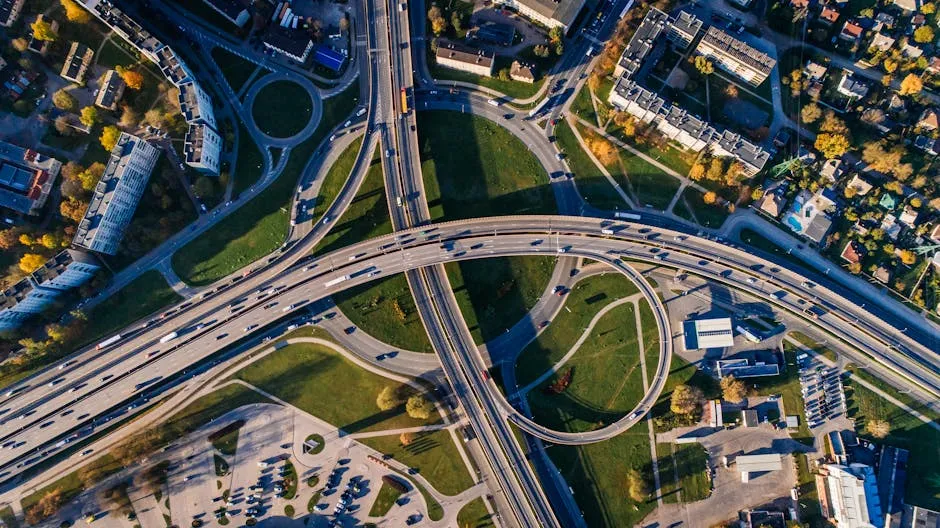
Future Trends in Network Statistics
Machine Learning and Network Analysis
Machine learning is revolutionizing network statistics, and the transformation is nothing short of spectacular! AI algorithms can analyze vast datasets far beyond human capacity. This capability allows for more accurate predictions and insights.
One exciting application is predictive modeling. By analyzing historical data, machine learning models can forecast future network behavior. For instance, they can predict peak traffic times or identify potential failures before they occur. Imagine knowing when your network might struggle—talk about proactive management!
Anomaly detection is another area where machine learning shines. AI can sift through data to identify unusual patterns that might indicate issues. This capability is invaluable for network security. For example, if a user suddenly starts sending out large amounts of data, machine learning algorithms can flag this behavior as suspicious. This proactive approach helps safeguard networks against potential threats.
In summary, machine learning is reshaping the landscape of network statistics. By harnessing its power, network analysts can make more informed decisions, enhancing both performance and security. Exciting times lie ahead!

If you’re curious about the broader implications of data science, consider reading The Data Science Handbook. This book offers a comprehensive overview of data science principles and practices, making it an invaluable resource for aspiring data scientists.
Evolving Metrics and Methods
Network statistics are always on the move. As technology evolves, so do the metrics and methods used to analyze networks. Big data has been a game-changer in this arena. With the explosion of data generated daily, traditional metrics often fall short. New methodologies are sprouting up, providing a fresh lens through which to view networks.
For instance, the rise of machine learning has revolutionized how we calculate network metrics. Algorithms can now sift through massive datasets, uncovering patterns that were previously invisible. This allows for more nuanced insights into network behavior, transforming the way we understand connections. Instead of relying solely on standard metrics like degree centrality, analysts can leverage complex models that account for dynamic interactions.
Big data is also reshaping network statistics. The sheer volume of connections in social media, IoT devices, and more creates a rich tapestry of information. Analyzing these vast networks requires innovative approaches. For example, clustering algorithms can identify communities within networks more effectively than before. This helps researchers and businesses understand user behavior, predict trends, and optimize performance.
However, with great power comes great responsibility. The quality of data matters. Poor data can lead to misleading conclusions, making it essential to focus on data integrity. Techniques like data cleaning and validation are crucial to ensure the insights drawn from network statistics are accurate.
In summary, the evolution of metrics and methods in network statistics reflects the ongoing advancements in data technology. As we continue to adapt to big data’s demands, our understanding of networks will deepen, leading to richer insights and more effective applications across various fields.

FAQs
What is the difference between directed and undirected networks?
Directed networks have edges with a specific direction. Each connection points from one node to another, like a one-way street. Think of Twitter, where one user can follow another without reciprocation. In contrast, undirected networks do not have this directional constraint. Facebook friendships exemplify this, as both users mutually connect. The choice between using directed or undirected networks depends on the nature of the relationships being analyzed. Understanding these differences is crucial for accurate network statistics.
How can I get started with network statistics analysis?
Getting started with network statistics is easier than you might think! Begin by familiarizing yourself with essential concepts and metrics. Online courses, such as those on Coursera or edX, offer valuable introductions. Additionally, consider exploring free software tools like Gephi or NetworkX. These platforms allow you to visualize and analyze networks without needing extensive programming knowledge. Remember to join online forums or communities to connect with other learners. Sharing insights and asking questions can enhance your understanding and provide practical tips!
What are some common mistakes to avoid in network analysis?
Network analysis can be tricky, but avoiding common pitfalls can make a big difference. First, ensure your data is clean. Inaccurate or noisy data can lead to misleading results. Second, don’t overlook the importance of selecting the right metrics. Using inappropriate metrics can skew your analysis. Third, be cautious with interpretations. Correlation does not imply causation! Lastly, always validate your findings with multiple methods or data sources. By avoiding these mistakes, you can ensure your network analysis is accurate and meaningful.
How do I choose the right metrics for my analysis?
Choosing the right metrics is crucial for effective network analysis. Start by defining your research question. Are you interested in identifying influential nodes, understanding community structure, or measuring connectivity? Once you know your goal, select metrics that align with it. For instance, if you want to identify key players in a social network, degree centrality is a great choice. If exploring community dynamics, consider clustering coefficients. Always consider the characteristics of your data as well. The ideal metric should match the type of network and the specific insights you want to uncover.
Please let us know what you think about our content by leaving a comment down below!
Thank you for reading till here 🙂
For a deeper understanding of how descriptive statistics can be applied in various fields, check out this comprehensive guide on descriptive statistics in manufacturing plant.
All images from Pexels

